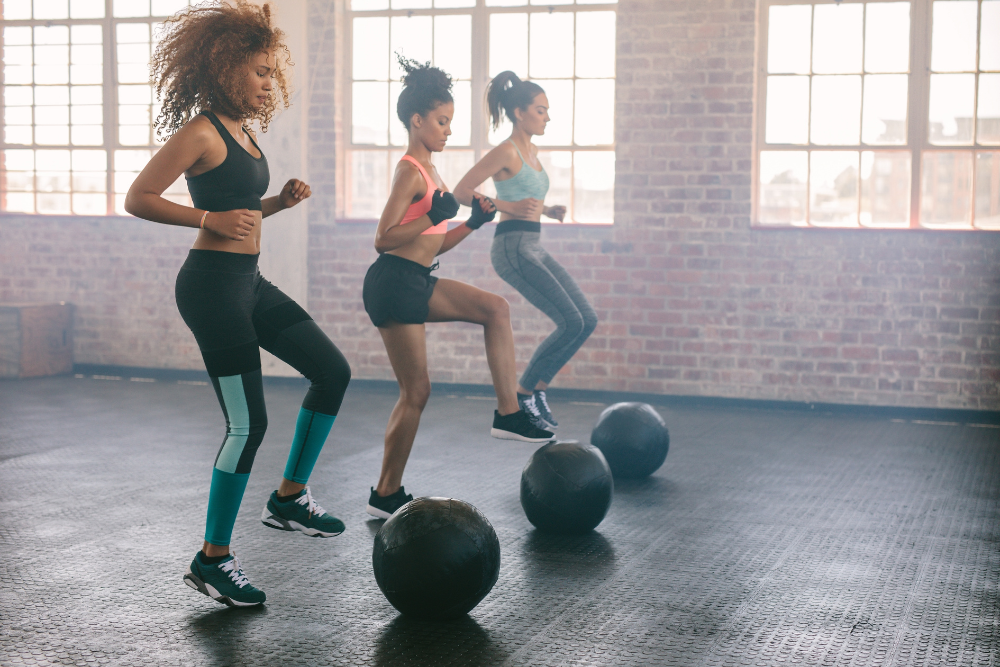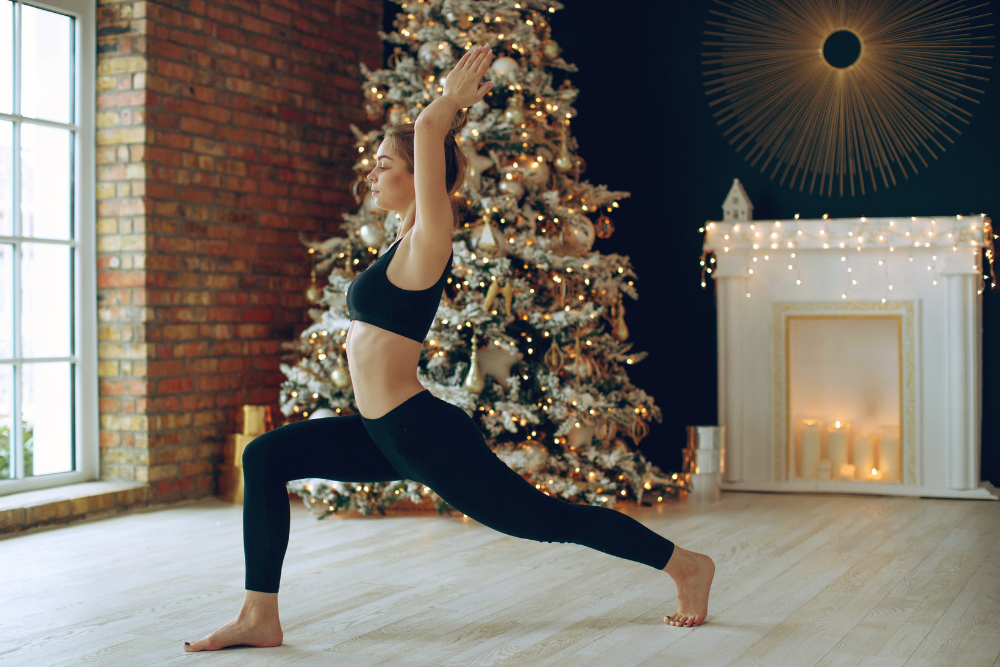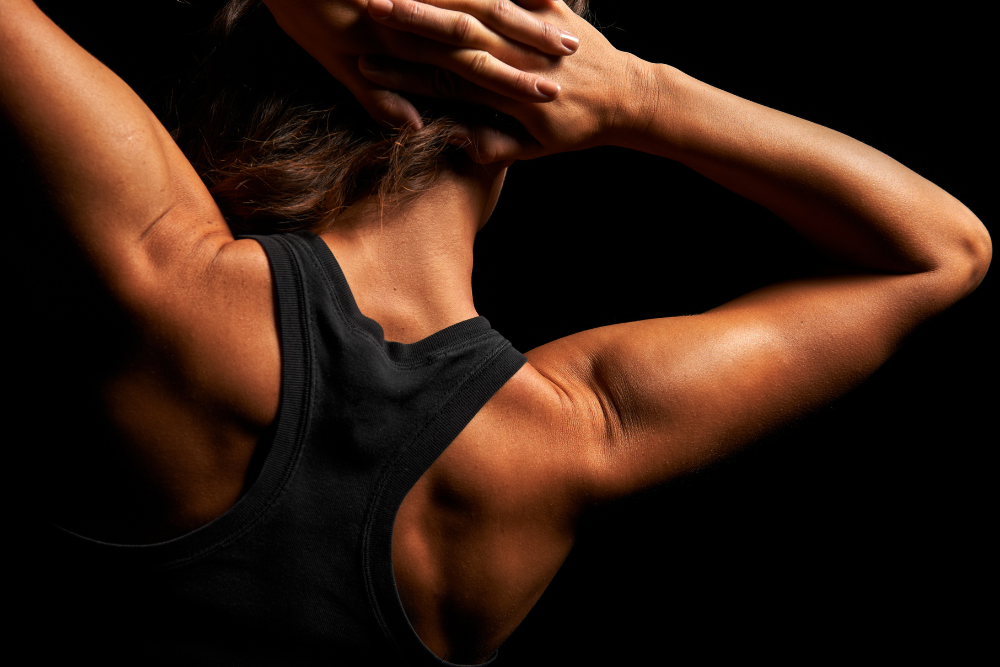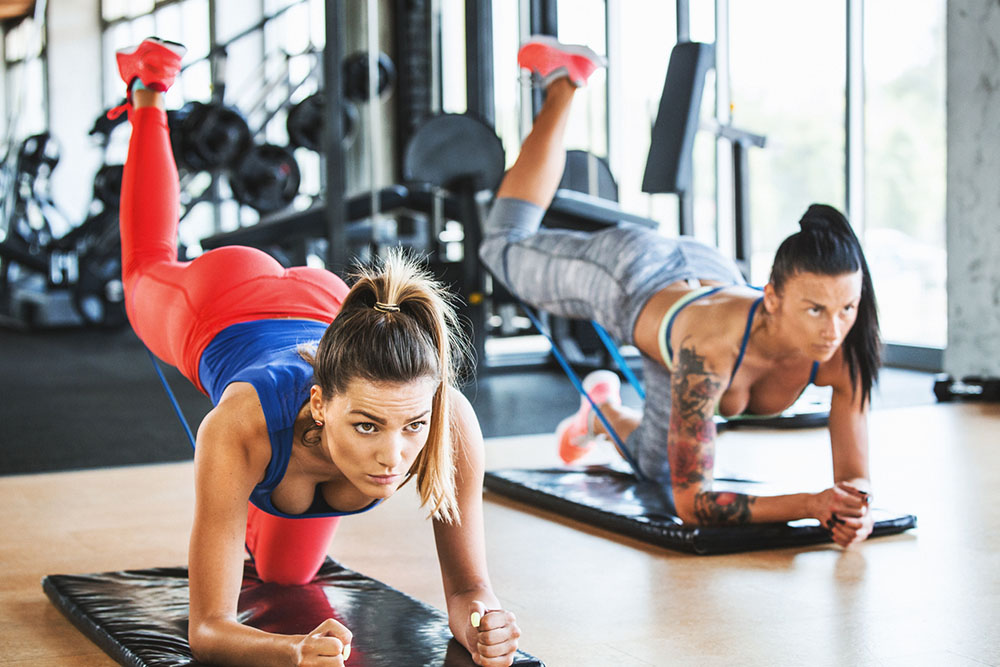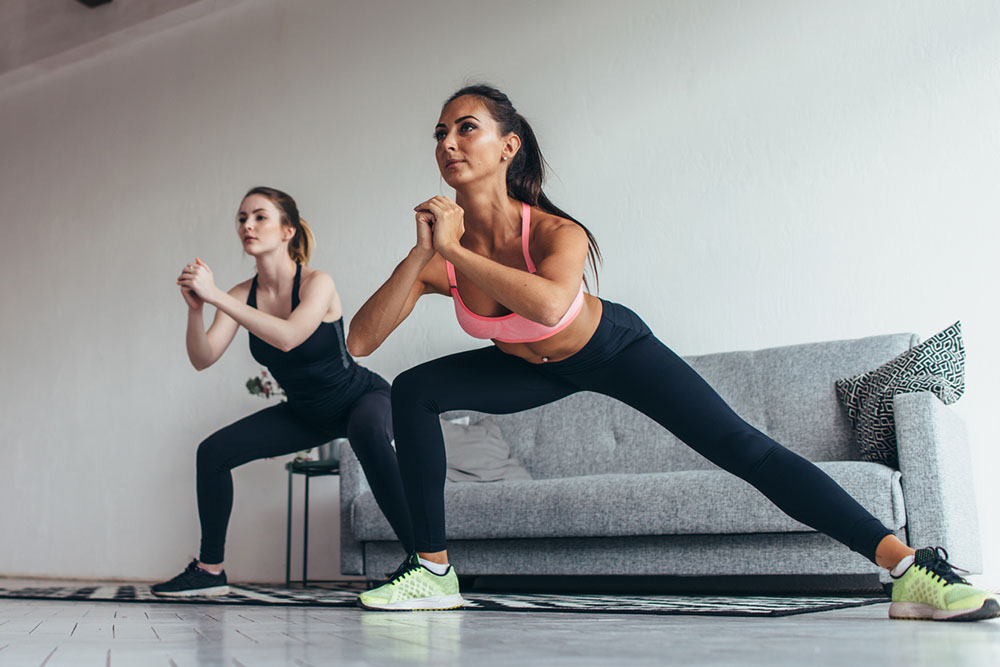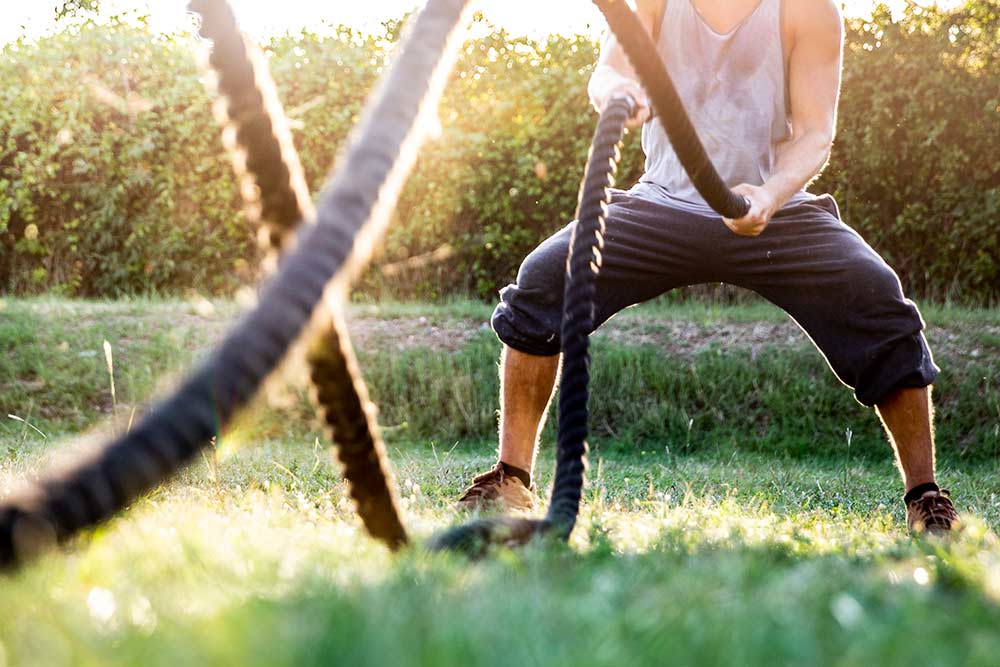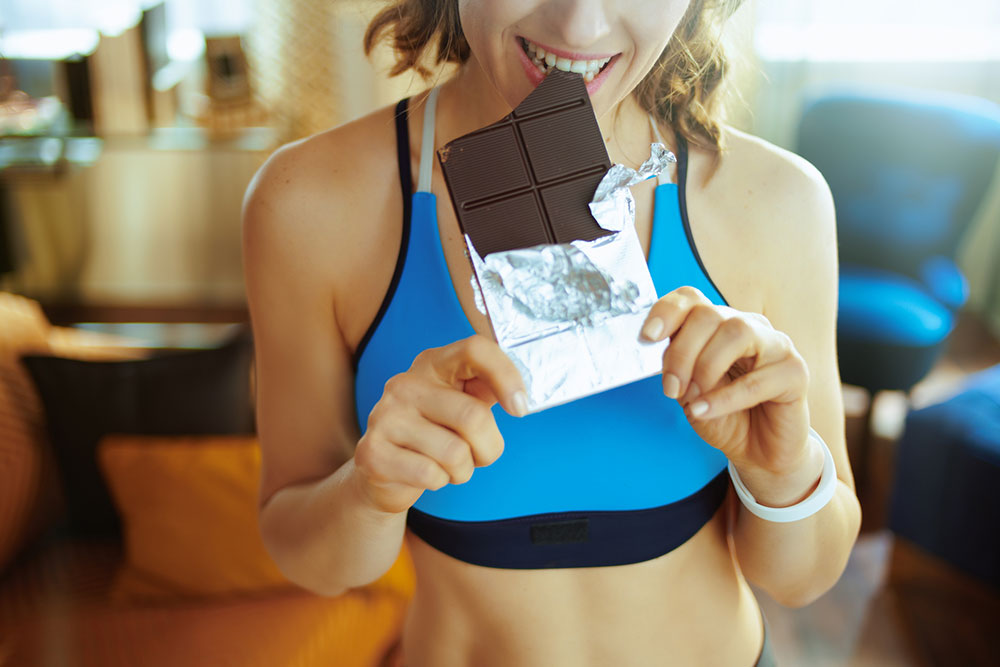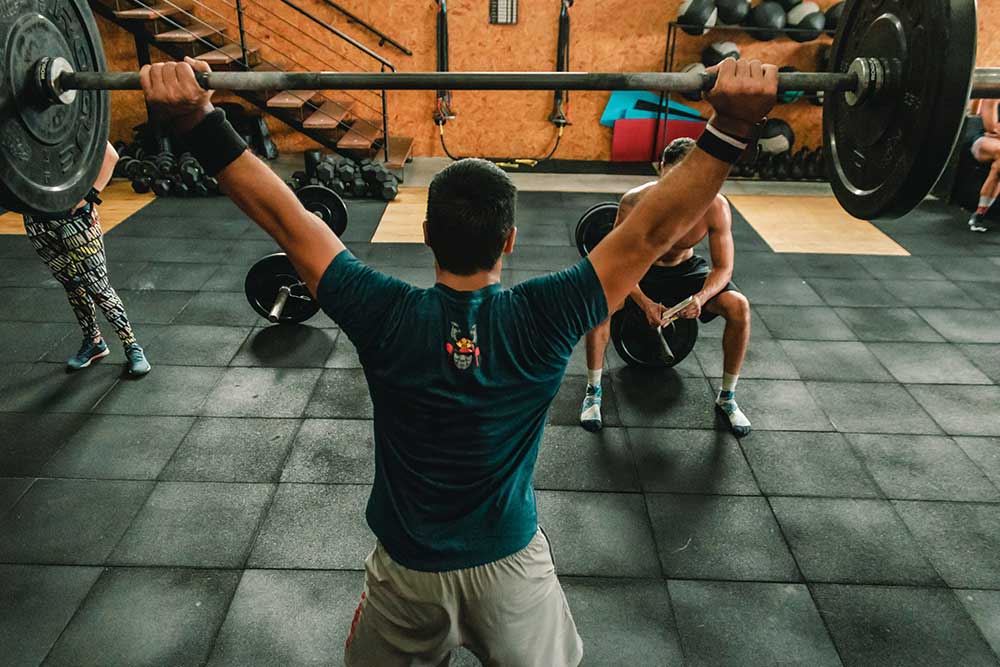Maximize Athletic Performance with the Hip Thrust
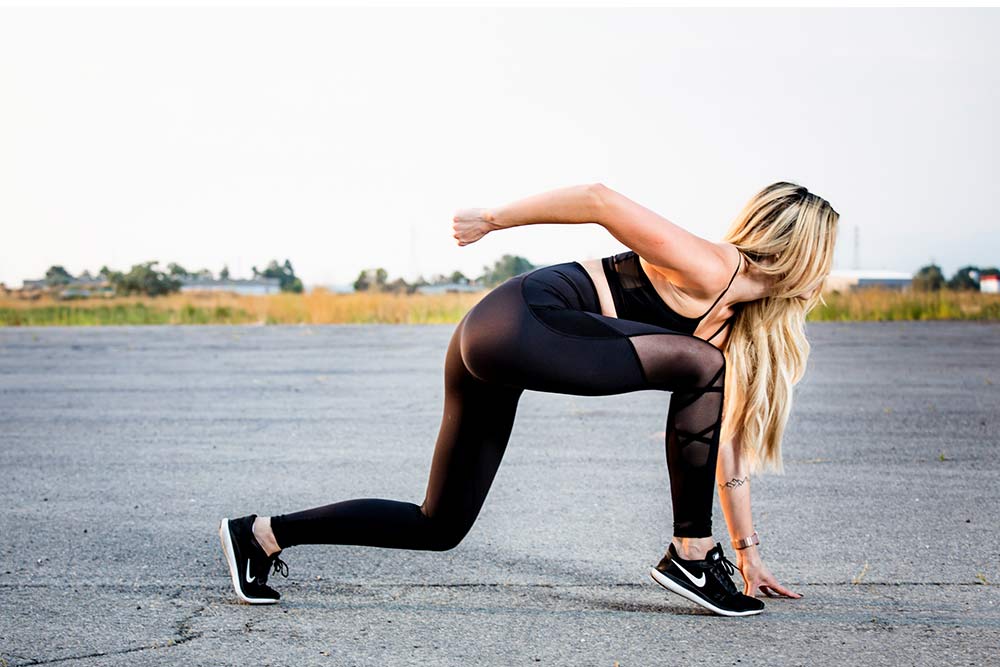
Hunter Bennett
The hip thrust has become an increasingly popular training exercise with athletes and gym junkies alike. First popularised by researcher Brett Contreras (affectionally known as ‘The Glute Guy’), this unique exercise has been suggested to maximize both athletic performances and offer an exceptional method of stimulating gluteal hypertrophy.
But is this really the case?
A Case for the Hip Thrust
Having strong, powerful, and well-developed hip extensor musculature is essential for successful athletic performance. These muscles play an integral role propelling the body forward during sprinting, while also playing a primary role in both jumping and bounding movements. When it comes to athletic performance, they really could not by any more central. In more traditional training settings, the most commonly used exercises to develop the hip extensor muscles have been the squat and the deadlift – with variations of these movements being used to change the biomechanical demands of the exercise, thus altering the training stimulus and contributing to continued adaptation (for example, the front squat and the back squat).
Interestingly, both movements load the hip joint in a vertical manner. As a result, the tension placed on the hip extensors during their performance is at its highest at the bottom position of the movement, when the hips are in a state of deep flexion.
Although this isn’t necessarily a bad thing (we do need to be able to produce force with a flexed hip), it does leave a lot to be desired – namely as they don’t enhance horizontal force production, nor load the hip extensors effectively during full hip extension.
You see, while vertically directed force production is indeed high during sprinting and bounding, they may not actually hold as much importance as horizontally directed forces. Athletes increase horizontal force production during acceleration, and to overcome the frictional forces that occur at foot strike during athletic movements. Which is exactly where the hip thrust enters the equation.
You see, as the hip thrust is a horizontally loaded exercise (unlike the deadlift or squat), it directly trains the ability to produce force at the hips in a horizontal manner. Moreover, during this movement, the tension on the hip extensors becomes greatest at lockout, during a state of full hip extension. This actually places the hip extensor muscles at a mechanical advantage during this exercise. With this in mind, the hip thrust has actually been shown to elicit greater activation (using EMG) of the gluteus maximus muscle (arguably our most important hip extensor) than both squats and deadlifts (Contreras et al., 2015; Anderson et al., 2018), suggesting some importance in this manner.
Source: Contreras et al., 2015.
Related Article: It’s All in The Hips
Does Training the Hip Thrust Impact Athletic Performance?
To date, there are four distinct studies looking at the effects of hip thrust specific training on athletic performance:
Study 1: Contreras et al. 2017
In this study, 28 adolescent athletes were recruited and randomized into one of two groups: a front squat group and a hip thrust group.
Each group performed two sessions comprised of their respective movement, twice per week, using a loading scheme of 4 sets of 12 repetitions in week 1, in which they increased load each week until they were performing 4 sets of 6 repetitions by week 6.
As one would expect, the front squat group saw greater improvements in vertical jump height, however, the hip thrust group saw greater improvements in both 10m and 20m sprint times over the six-week training period.
Study 2: Zweifel, 2015
In our second study, twenty males and six females, with at least 1 year of resistance training experience, were recruited and split into 4 training groups: Back Squat (BS), Deadlift (DL), Hip Thrust (HP), and Control (C).
Subjects in the BS, DL, and HP groups performed a six-week condensed linear periodization resistance training program. Training consisted of their respective movement being performed three days per week for a total of 18 training sessions.
The DL group was more effective at improving countermovement jump height, while the BS group was more effective at improving change of direction speed (as measured by the 5-10-5).
Finally, the HP group was more effective compared to the other training groups at improving broad jump performance, and 10- and 40- yard sprint times.
Study 3: Lin et al., 2017
In the third study, 20 college male baseball players hip thrust 3 times per week for 8 weeks in a progressive, periodized fashion. The participants in this study took their average three-repetition (RM) maximum hip thrust from 295 lbs to 392 lbs (which represented a 36% gain).
Interestingly, while hip thrust strength improved significantly, they saw no significant improvements in the vertical jump, broad jump, or 30m sprint speed.
Study 4: Bishop et al., 2017
In the final study, 21 university athletes (15 males and 6 females) were recruited. Each participant performed heavy hip thrusts 2 times per week for 8 weeks using a 5 x 5 loading scheme. Each participant progressed load on a weekly basis. Mean 1RM hip thrust strength went from 356 lbs to 453 lbs over the course of the study (27% gain).
Again, like the third study, despite considerable improvements in hip thrust strength, this group saw no significant improvements in 10m, 20m, 30m, or 40m sprint speed.
Related Article: 5 Creative Hip Strengthening Exercises
Does the Hip Thrust Really Offer Any Benefit?
So, we have four studies looking into the impact that the hip thrust has on athletic performance. Two of these supports its use wholeheartedly, while the other two suggest that its use may not offer any real benefit.
What do we do?
Well first and foremost, we should conclude that like most things, the hip thrust isn’t going to offer us a magic band-aid that enhances all aspects of athletic performance. It should be viewed as a tool that can be applied in certain situations, that can contribute to improved athletic performance over time.
When trained effectively, the hip thrust may increase sprint speed and horizontal jumping performance, however, it is unlikely to impact vertical jumping performance.
Which, when considering the horizontal manner in which the movement is loaded, should be expected really.
While we can’t be sure as to why the results of the studies did differ significantly, we can safely assume that there may have been some variations in the prescription around its use. As such, I think there should be a few caveats when considering how the hip thrust should be effectively used in practice.
Hip Thrusting: Practical Applications
Considering the above information, there are two practical implications that can be applied around the hip thrust.
Firstly, hip thrusts should not be used alone.
The successful athletic performance tasks require the integration of proficient vertical and horizontal force production. As such, athletes should train using both vertically loaded and horizontally loaded movements (Lockie, 2018).
Secondly, hip thrusts should be performed explosively.
During high force movements, such as sprinting and bounding, the primary hip extensors need to be capable of producing force rapidly. As such, heavy barbell hip thrusts performed at slow velocities may not offer an optimal means of improving performance.
However, it seems likely that explosive hip thrusts (where maximal bar speed is prioritized) would enhance athletic ability by increasing the Gluteus Maximus’s capacity to exert force at short lengths and at high velocities – replicating the hip extension position required during sprinting, jumping, and bounding.
Conclusion
The hip thrust is becoming increasingly common in athletic development circles, where it is suggested to improve physical performance capabilities. Research demonstrates that while this movement does have some capacity to enhance measures of physical performance that require horizontal force development (such as sprints and broad jumps), it is best not used alone.
As such, it should make up a small portion of your training, used in conjunction with squats, deadlifts, and variations thereof, ensuring that all aspects of lower body force production are trained accordingly.
Sources
Contreras, Bret, et al. “A comparison of gluteus maximus, biceps femoris, and vastus lateralis electromyographic activity in the back squat and barbell hip thrust exercises.” Journal of applied biomechanics 31.6 (2015): 452-458.
Andersen, Vidar, et al. “Electromyographic Comparison of Barbell Deadlift, Hex Bar Deadlift, and Hip Thrust Exercises: A Cross-Over Study.” The Journal of Strength & Conditioning Research 32.3 (2018): 587-593.
Contreras, Bret, et al. “Effects of a six-week hip thrust vs. front squat resistance training program on performance in adolescent males: a randomized controlled trial.” Journal of strength and conditioning research 31.4 (2017): 999-1008.
Zweifel, Michael. “Effects of 6-week Squat, Deadlift, and Hip Thrust Training Programs on Speed, Power, Agility, and Strength in Experienced Lifters.” (2015).
Lin, Kun-Han, et al. “Effects of Hip Thrust Training on the Strength and Power Performance in Collegiate Baseball Players.” Journal of Sports Science 5 (2017): 178-184.
Bishop, Chris, et al. “Heavy Barbell Hip Thrusts Do Not Effect Sprint Performance: An 8-Week Randomized-Controlled Study.” Journal of strength and conditioning research (2017).
Lockie, Robert G. “A 6-Week Base Strength Training Program for Sprint Acceleration Development and Foundation for Future Progression in Amateur Athletes.” Strength & Conditioning Journal 40.1 (2018): 2-12.
You Might Like:




